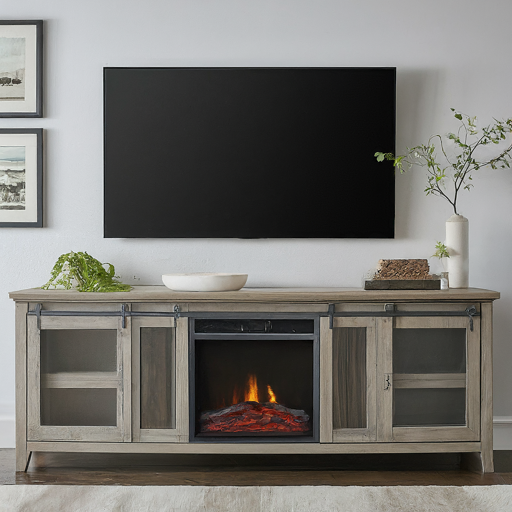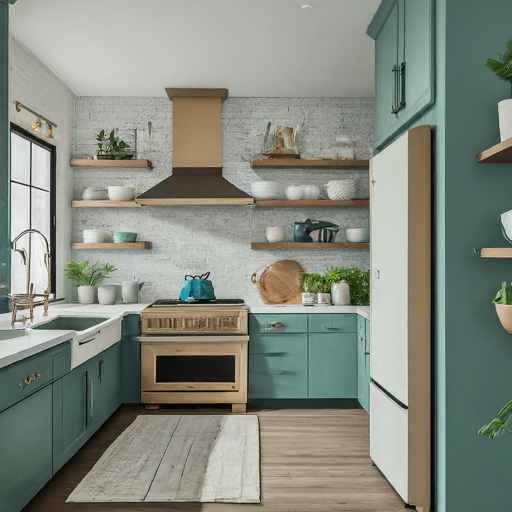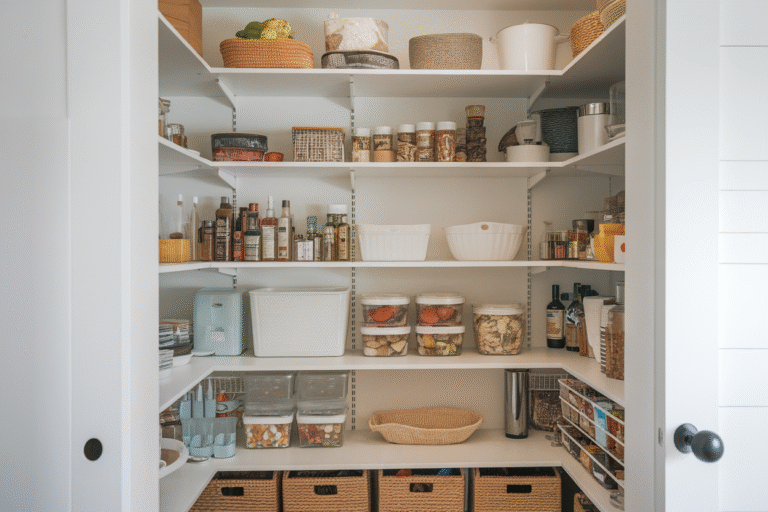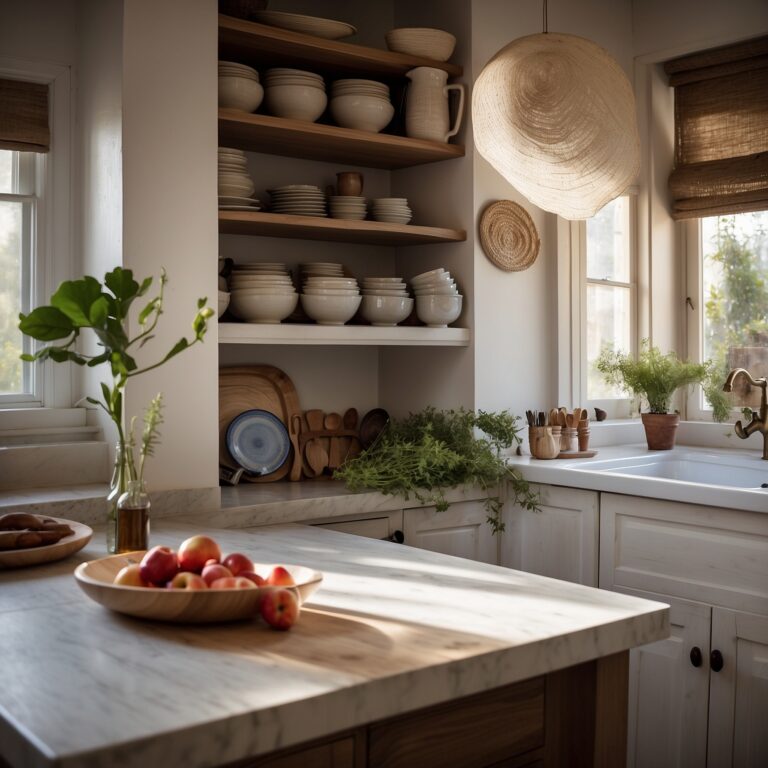25 Home Office Library Ideas
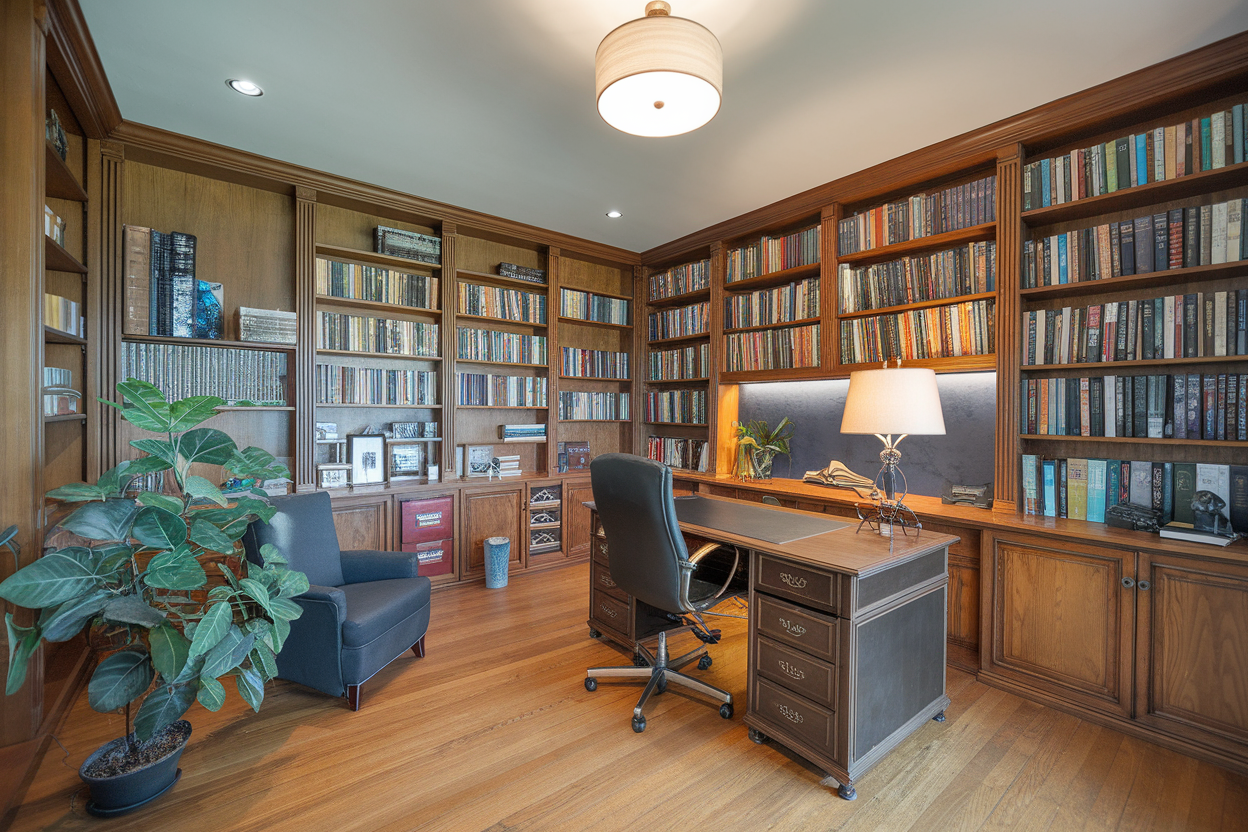
Designing a home office library isn’t just about stacking books on shelves—it’s about crafting a space where ideas flow, focus deepens, and creativity blooms.
Whether you’re working remotely, studying, or just love the blend of books and productivity, a well-designed home office library can turn your daily grind into a delightful ritual.
1. Choose the Perfect Spot for Your Library
The foundation of any good home office library is location. Ideally, pick a quiet corner or a spare room where distractions are minimal. If space is tight, a nook under the stairs or a cozy attic can become your sanctuary. Think of this spot as your “creative cave” where you retreat to get your best work done.
2. Invest in Quality Shelving
Your books deserve more than a flimsy stack. Opt for sturdy, adjustable shelving units that can hold a variety of book sizes and office essentials. Wooden shelves add warmth and character, while metal or minimalist floating shelves offer a modern touch. Remember, your shelves are the backbone of your library, so treat them like royalty.
3. Maximize Vertical Space
Walls are your best friends when it comes to space-saving. Use floor-to-ceiling shelves to store books and decorative items. A rolling ladder isn’t just practical—it adds a classic library vibe that makes your home office feel like a grand institution of knowledge.
4. Integrate a Comfortable Reading Chair
A home office library should invite you to pause. Include a plush reading chair or an ergonomic lounge seat where you can take breaks, read deeply, or brainstorm. Personalize it with a cozy throw or a small side table for your coffee mug—because comfort fuels productivity.
5. Create a Dedicated Desk Zone
Your desk is your command center. Choose one that fits your workflow, whether it’s a vintage writing desk with character or a sleek modern table with built-in storage. Position it to face a window if possible, letting natural light energize your workspace.
6. Prioritize Lighting
Good lighting transforms a room. Combine ambient lighting with task lights, like adjustable desk lamps and wall sconces, to reduce eye strain and set the right mood. Soft warm light works wonders for evening reading, while bright daylight bulbs keep you alert during work hours.
7. Organize Books by Theme or Color
Books are more than just knowledge—they’re décor. Organize your collection by subject, size, or even color to create a visually appealing and functional library. Grouping by theme also makes finding reference books or favorite reads easier when you need them most.
8. Add Personal Touches
Bookshelves are the perfect stage for personal artifacts. Mix in framed photos, small plants, vintage collectibles, or travel souvenirs. These elements make the space uniquely yours and inspire creativity through personal storytelling.
9. Incorporate Technology Seamlessly
Modern libraries aren’t just about paper. Integrate your tech gear—laptop, printer, speakers—without clutter. Use cable organizers and docking stations to keep wires out of sight, maintaining a clean and calming environment.
10. Use Functional Storage Solutions
Drawers, baskets, and filing cabinets are essential to tame paperwork and office supplies. Choose storage that complements your décor while keeping essentials within arm’s reach. Remember, clutter is the enemy of focus.
11. Install a Whiteboard or Corkboard
A home office library should support your planning and brainstorming. Wall-mounted whiteboards or corkboards provide a space to jot down ideas, track projects, or pin inspirational quotes. It’s your mental map in physical form.
12. Embrace Natural Materials
Wood, leather, linen, and stone add texture and warmth to your library. These materials age gracefully, creating a timeless aesthetic that feels both grounded and inviting. Plus, they remind you that your workspace is a part of your living environment, not just a cold office.
13. Add Greenery for Freshness
Plants don’t just look good—they improve air quality and mood. A few well-placed potted plants, like succulents or ferns, can breathe life into your library. Choose low-maintenance species if you’re not a gardening pro.
14. Consider Acoustics and Soundproofing
A quiet environment is crucial. Use rugs, heavy curtains, or acoustic panels to absorb noise. If external sounds are unavoidable, a white noise machine or soft background music can help you focus without distraction.
15. Design for Flexibility
Your needs may change over time. Choose modular furniture and movable shelves that allow you to reconfigure your space easily. This adaptability keeps your home office library fresh and responsive to new projects or moods.
16. Use Mirrors to Enhance Light and Space
A well-placed mirror can make a small room feel larger and brighter. Reflect natural light and create a sense of openness by hanging mirrors opposite windows or near your desk. It’s a simple trick that adds depth to your library.
17. Incorporate Vintage or Antique Pieces
A vintage desk, an old globe, or a classic reading lamp can infuse your space with character. These timeless pieces tell stories and inspire a sense of tradition that complements the intellectual vibe of a library.
18. Create Zones for Different Activities
Your home office library isn’t just for reading or working; it can serve multiple roles. Designate zones—for focused work, casual reading, or even video calls. Use rugs or furniture arrangements to delineate these spaces subtly but effectively.
19. Optimize for Ergonomics
Your health matters. Invest in an ergonomic chair and position your monitor at eye level to reduce strain. Add a footrest or standing desk converter if needed. An ergonomic setup keeps you comfortable for long hours of work.
20. Showcase Your Favorite Books
Every library needs a spotlight. Dedicate a shelf or a wall to your all-time favorite reads, showcasing covers or special editions. This personal gallery serves as daily motivation and reminds you why you fell in love with reading and learning in the first place.
21. Use Color Psychology
Colors influence mood and productivity. Soft blues and greens promote calm, yellows spark creativity, and earth tones provide grounding. Choose a color palette that aligns with the vibe you want to create, but don’t be afraid to mix in bold accents to keep energy flowing.
22. Include a Cozy Rug
A plush rug adds warmth and comfort underfoot, helping to absorb sound and visually unify the space. Choose a rug that complements your color scheme and feels good to walk on—think of it as the carpet that welcomes you home each day.
23. Display Art or Inspirational Quotes
Walls don’t have to be bare. Hang artwork, prints, or motivational quotes that resonate with you. These visual cues can spark inspiration, remind you of goals, or simply add beauty to your daily routine.
24. Keep Supplies Within Reach
Stock your office with essentials—pens, notebooks, chargers—but keep them neatly organized. Use desk organizers or drawer dividers to avoid clutter. This way, you spend less time searching and more time doing.
25. Regularly Refresh Your Library
A library is a living space. Rotate books, update décor, and declutter regularly to keep the energy vibrant. Think of it as tending a garden—you have to prune to let new growth thrive.
Conclusion
Building a home office library isn’t about perfection—it’s about creating a space that works for you. With these 25 ideas, you have a roadmap to transform any corner into a nurturing environment where work and inspiration coexist. Remember, the best spaces tell your story, keep you comfortable, and invite you to lose yourself in the world of ideas.
So, grab your favorite book, sit down in your cozy chair, and watch how your productivity and joy flourish in your new home office library. It’s more than a room—it’s a mindset.

